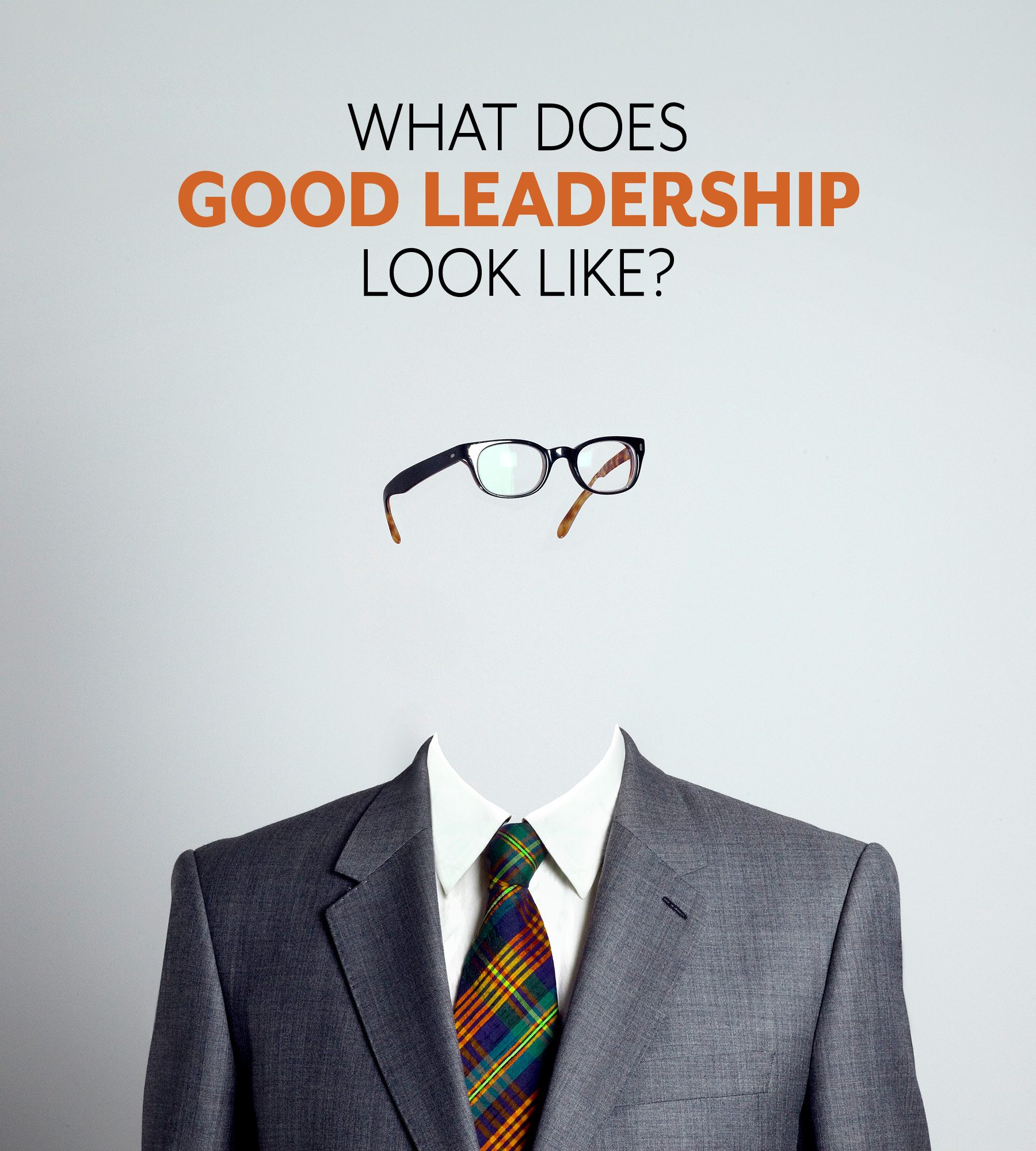Language
You can read the magazine in one of the following languages
A few months ago, when I was in the car with the radio on, callers shared vivid memories from the Sydney Olympics. It was the 23rd anniversary of the Opening Ceremony, a day I’ll never forget.
“Wouldn’t it be great if we had bottled that feeling and could sprinkle it over Sydney today,” the host said.
As employee number 52, I started in the strategy team five years out from the games. It was my dream job, but I’d never been to an Olympic Games before – let alone organized one. And I wasn’t alone.
With true Aussie spirit, we developed the strategy, plans and built a workforce that would peak at more than 150,000 people, with nearly one-third of them volunteers.
At the closing ceremony, Sydney was declared the “best Olympic Games ever” and we achieved many firsts. We were the first city to integrate the Olympic and the Paralympic Games as one big event, which is something we’re extremely proud of. After the Games, the International Olympic Committee acquired our plans and playbooks for future cities to use. Another first.
So how did a team of mostly Olympic rookies achieve that? It turns out, we embodied many qualities of the extraordinary organizations I follow today:
– A clear and compelling purpose
– Strong, authentic and inclusive leadership helped us navigate new and challenging terrain
– Autonomy, collaboration and team spirit turbocharged our energy
Our amazing CEO, Sandy Hollway, created an environment where people felt part of something special. No matter who you were or what role you played, he made you feel like you mattered.
As one of my former colleagues said, “I’ve not experienced a team like it since and sadly, it makes it more obvious when you are working somewhere that is not getting it right.”
Decades after the Sydney Olympics, why are so few organizations working this way? Today’s leaders aren’t inherently ‘bad’, they’re simply the products of traditional methods of organizing people and work.
In an age where ‘business as usual’ no longer exists, leaders are under pressure to bring out the best in their people, while also navigating changes and challenges from every direction.
It’s becoming clear that traditional ‘control and command’ leadership models don’t encourage people to do their best work. Leadership needs to evolve to foster workplaces where collaboration takes priority over control, and communication is about connection rather than command.
Over the past two years, I surveyed nearly 200 leaders around the world and found 60 percent of respondents aren’t consistently doing their best work. The research made clear that many organizations are failing to provide the right conditions for leaders and their people to thrive.

Many respondents pinpointed outdated leadership styles and entrenched culture as stopping them from doing their best work.
Barriers included micromanagement, slow decision-making processes, excessive meetings and bureaucracy levels, all of which are strangling innovation and creativity. The result? People feel undervalued, unfulfilled, underutilized and burnt out.
Many respondents pinpointed outdated leadership styles and entrenched culture as stopping them from doing their best work. They spoke of hierarchy and structure making their workplace rigid and siloed. And they expressed frustration about conflicting departmental priorities and the amount of time spent influencing and messaging upwards.
So, if this is what bad leadership and workplace culture looks like, how can we create future-fit leadership and nurture progressive organizations fit to tackle new challenges?
As Marshall Goldsmith points out in his book, What Got You Here Won’t Get You There, to attain success we must break workplace habits and change what we’ve always done.
For leaders, this means having the courage to challenge the status quo, and to focus on bringing out the best in your people. Good leadership isn’t about knowing all the answers – it’s about creating the right environment for others to come up with creative solutions and ideas, knowing they have the support and space in which to do so.
As one executive in the energy sector pointed out: “Being bold and visionary excites people because it’s something they can work on together. Collaboration emboldens people to lead.”
Being bold might also mean adopting a servant leadership style, where the focus is on uplifting and developing your people. One financial services executive said: “My style is to empower my team with a servant leadership approach. I run the team in a more progressive way and isolate them from the other aspects so that they have the freedom to work well.”
Future-fit leadership is about working in 3D – taking a dare, ditch, dial approach to work, which can be applied to any project, workplace or team.
How do you measure success within your organization? Too often, we’re so focused on being busy and filling our days with meetings and tasks that we’re forgetting what it means to be truly effective at work. By daring to have a bold purpose and to make work matter, we empower leaders and people to achieve great things.
With talk of shorter work weeks and more flexible hours, we’re finally beginning to shift away from out-of-date work structures designed a century ago. This is a big opportunity for leaders to rethink what work looks like, whether that’s broad organizational change, or taking a fresh look at how you work with your immediate team.

Ask your people to ‘pitch what to ditch’ and create feedback sessions for open discussion around what’s not working.
If we can value outcomes, not hours, then we’re empowering people to focus on what matters. This means being clear about your organization’s purpose, and setting shared goals that people can work towards together. This kind of clarity makes it easier to prioritize what’s important.
One not-for-profit organization executive noted the impact of “assisting the team to create their own understanding of their individual purpose and role, as part of the wider business purpose and our strategic direction”.
Sticking with an existing work playbook means missing opportunities to improve leadership and workplace culture.
By ditching things that no longer serve, you’re creating space for new ways of future-fit working. For example, could you ditch unnecessary meetings and long-winded email chains? Ask your people to ‘pitch what to ditch’ and create feedback sessions for open discussion around what’s not working.
You might be surprised at some of the time-wasting activities that people lose hours on, just because it’s the way it has always been done. Rethinking meetings is a good place to start. Some organizations now have a meeting-free day each week across the board to give people space for deep work, and others insist on at least one three-hour meeting-free block per day.
One oil and gas executive I surveyed said: “I established a mandate – you have to have an agenda for a meeting as well as an action plan or outcomes at the end of a meeting. This is about making sure meetings have a clear purpose and outcomes.”
By ditching what’s not working, you create more space to dial up proven, contemporary ways of leading and working, or to explore new ideas.
This might mean empowering people to explore the applications of new technologies, creating working groups tasked with solving a problem or encouraging peer-to-peer learning where people can share what’s worked for them, so that others can adopt the same approach.

The future of work is already here, and it calls for bold, future-fit organizations that are willing to change the status quo.
You might dial up opportunities for feedback by taking a coaching approach to performance management, or dial up collaboration by creating self-organizing teams. This kind of approach builds trust, autonomy and motivation.
One professional services executive said they’re “building a culture of radical candor, with the notion that everyone should be open and transparent, and able to be upfront with any level in the organization. This level of honesty and candor helps bring issues out into the open.”
If we continue leading in the way we were led as we came up through the ranks, then we’re not modeling the kind of leadership that new generations will aspire to.
Back at Sydney Olympics HQ, Hollway had his own 3D model: he frequently encouraged us to “Do it, delegate it or dump it”. Our ‘Dare’ was handed to us, but that’s not always the case.
Imagine if organizations or leaders or teams at any level were encouraged to demonstrate how they work in 3D by taking small steps, reflecting and adapting, and shining a light on both what they learned and the outcomes they achieved.
Imagine if it was easy for organizations to attract ambitious, motivated workers who want to do meaningful work through a few simple words: “We work in 3D.”
Imagine if it was easy for people to see if an organization was going to be a good fit through a few simple words: “I want to work for an organization that works in 3D.”
My vision is for ‘work in 3D’ to be a beacon for future-fit ways of leading and working. I believe we can all make better, faster and more meaningful progress by working in 3D.
How might you:
– Dare to embrace a bold purpose with courage and grace?
– Ditch outdated practices and emerge stronger?
– Dial up better ways of working so your business and people can flourish?
This is our moment to seize the future of work and transform it into reality. Amid challenging and uncertain global conditions, the gap between the performance of future-fit, purpose-driven organizations and their traditional counterparts is widening, influencing the choices of investors, customers, leaders and workers alike.
The future of work is already here, and it calls for bold, future-fit organizations that are willing to change the status quo.
Our call to action is clear: we need ambitious leaders at the helm, creating meaningful work and inspiring their teams to make a difference by working in 3D. This is the path to a better world and a promising future. The clock is ticking, and the world can’t wait.

Cherie Mylordis
Contributor Collective Member
Cherie Mylordis is the founder of nextgenify, and a Sydney-based work futurist, speaker, transformation and innovation coach, on a mission to help organizations reimagine the world of work for a better future. Cherie’s ambitious approach is founded on her belief that now is the time for bold leadership and business transformation – the traditional ways of working are no longer fit-for-purpose in our post-pandemic world. With more than 30 years of experience in delivering groundbreaking initiatives in consulting, large corporates, government and non-profits, Cherie credits her five years working on the Sydney 2000 Olympic Games with shaping her approach to purpose-driven leadership and collaboration on a large scale. For more information, go to nextgenify.com.
